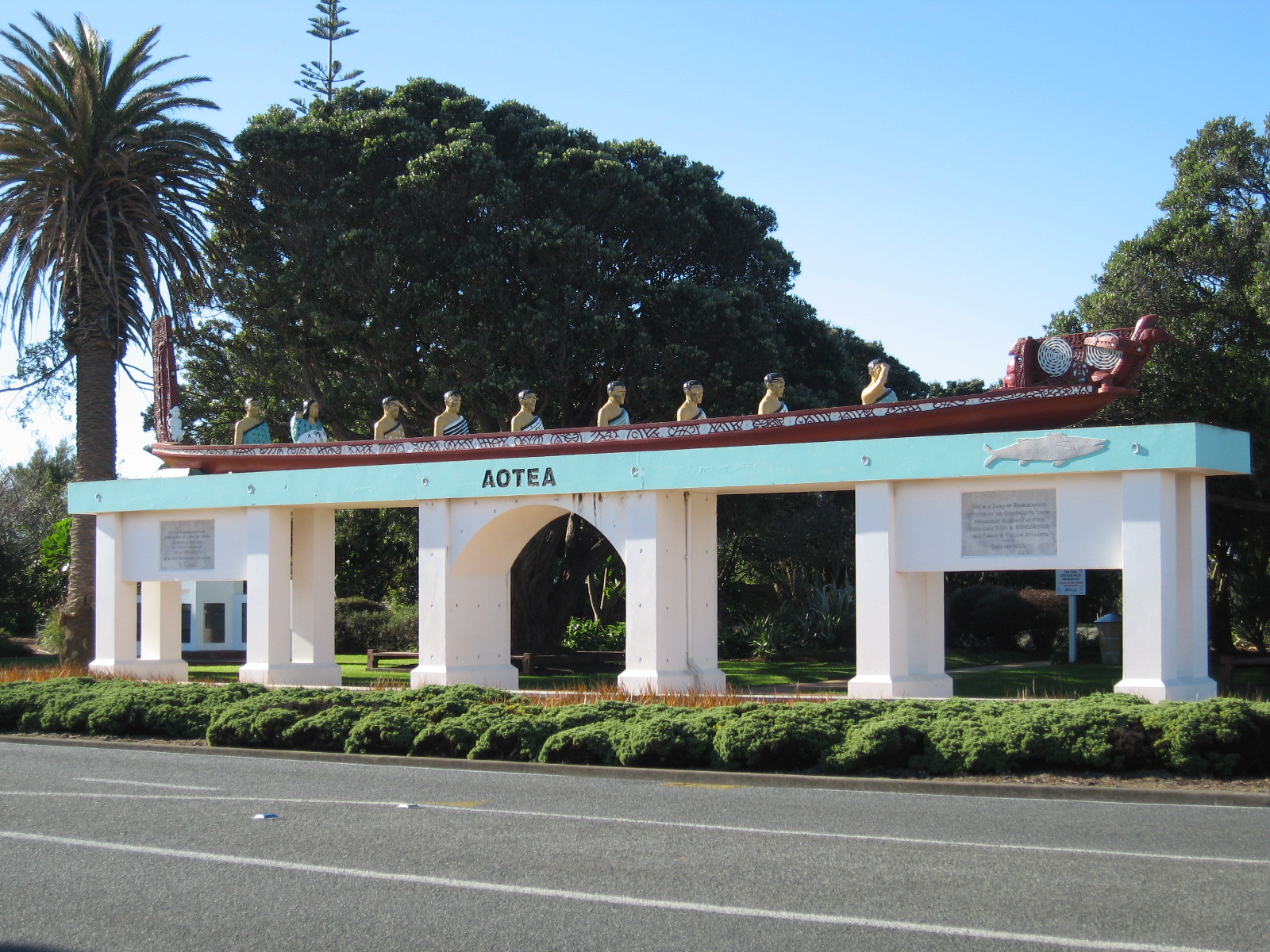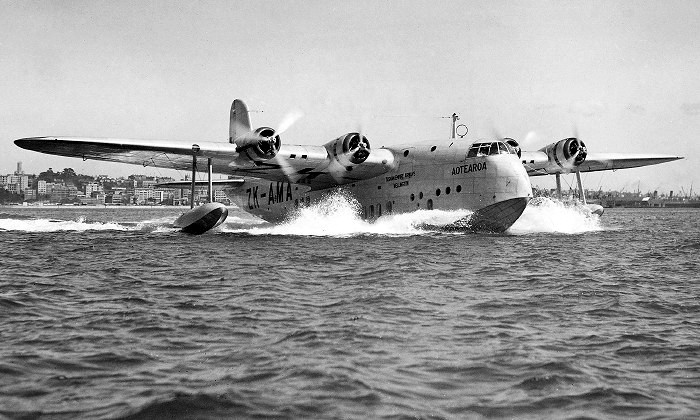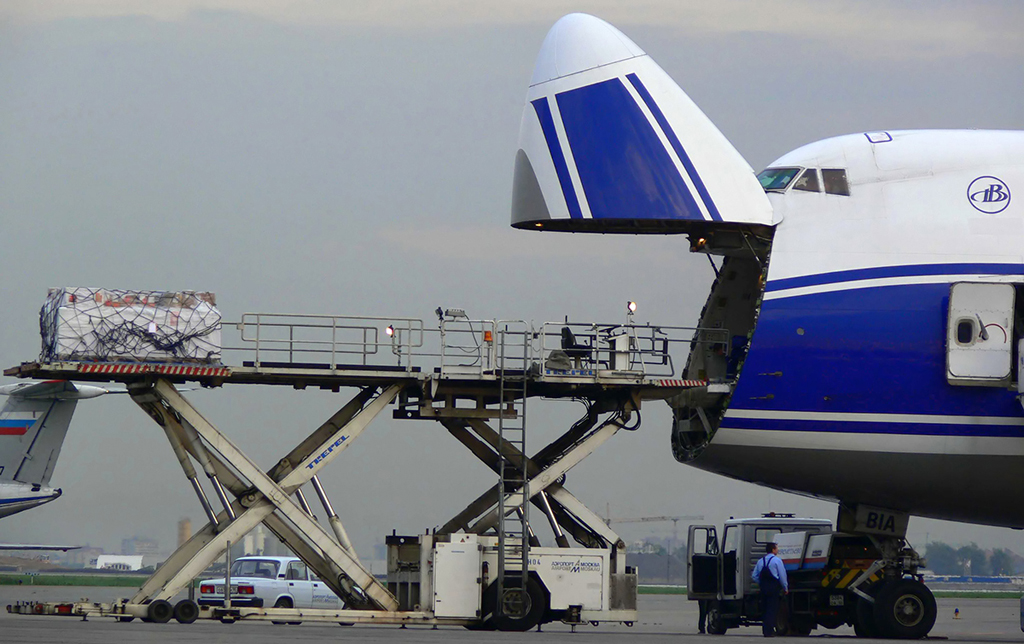|
Aotea (canoe)
In Māori mythology, Māori tradition, ''Aotea'' is one of the canoes () in which Māori migrated to New Zealand; it is particularly associated with the tribes of Taranaki and Whanganui, including Ngāti Ruanui, Ngāruahine, Ngā Rauru and other tribal groups. History ''Aotea'' was a double canoe built by Toto from half of a great tree from Hawaiki, the other half being used for the canoe ''Matahourua''. Toto gave ''Aotea'' to his daughter Rongorongo (wife of Turi), Rongorongo, who was married to Turi (Māori ancestor), Turi. In strife with the chief Uenuku, Turi killed the chief's son and thereafter had to flee for New Zealand with 33 passengers. During the voyage, they stopped at Rangitahua and encountered some of the crew from the ''Kurahaupō'' canoe (Craig 1989:24). The ''Aotea'' canoe arrived at Aotea Harbour on the west coast of the North Island, and its people eventually settled in the Taranaki region. Aircraft 'Aotea' was the name given to the first Jumbo Jet (a Boe ... [...More Info...] [...Related Items...] OR: [Wikipedia] [Google] [Baidu] |
Ngāti Ruanui
Ngāti Ruanui is a Māori iwi traditionally based in the Taranaki region of New Zealand. In the 2006 census, 7,035 people claimed affiliation to the iwi. However, most members now live outside the traditional areas of the iwi. History Early history Ruanui is acknowledged as the eponymous ancestor of the iwi. He was the son of Uenuku-puanake and Tāneroroa. Uenuku came from the ''Tākitimu'' canoe (although this is contested among Matauranga Maori historians), while Tāneroroa was the daughter of Turi, who came to New Zealand on the '' Aotea'' canoe. Turi originally landed in Aotea Harbour, but eventually settled along the Pātea River. Over time, Ruanui’s descendants spread across south Taranaki. Musket Wars Ngāti Ruanui was heavily involved in tribal wars during the 19th century. In 1816, the iwi was invaded from the north by Nga Puhi warriors carrying muskets. Over the next few decades, Ngati Ruanui would come under attack by Ngāti Toa, Ngāti Whātua and the Waikato tr ... [...More Info...] [...Related Items...] OR: [Wikipedia] [Google] [Baidu] |
Uenuku
Uenuku (or Uenuku-Kōpako, also given to some who are named after him) is an atua of rainbows and a prominent ancestor in Māori tradition. Māori believed that the rainbow's appearance represented an omen, and one kind of yearly offering made to him was that of the young leaves of the first planted kūmara crop.Best, Elsdon"Rainbow Myths", ''Maori Religion and Mythology'' Part 2, p. 414, P.D. Hasselburg, Wellington, New Zealand, 1982. He was a tribal war god invoked before battles, particularly in the northern half of the country. It was said that if a taua appeared under the arch of the rainbow, it would be defeated in battle, and likewise, if they appeared to either side of the rainbow, they would be victorious. The Māori identified hawk feathers and a particular star called ''Uenuku'' as being sacred to him. In Ngāti Porou and Ngāi Tahu stories, Uenuku was the Ariki of Hawaiki with 71 sons, all from different wives. In traditions from further north in the Pacific, Chief ... [...More Info...] [...Related Items...] OR: [Wikipedia] [Google] [Baidu] |
List Of Māori Waka
A ''list'' is any set of items in a row. List or lists may also refer to: People * List (surname) Organizations * List College, an undergraduate division of the Jewish Theological Seminary of America * SC Germania List, German rugby union club Other uses * Angle of list, the leaning to either port or starboard of a ship * List (information), an ordered collection of pieces of information ** List (abstract data type), a method to organize data in computer science * List on Sylt, previously called List, the northernmost village in Germany, on the island of Sylt * ''List'', an alternative term for ''roll'' in flight dynamics * To ''list'' a building, etc., in the UK it means to designate it a listed building that may not be altered without permission * Lists (jousting), the barriers used to designate the tournament area where medieval knights jousted * ''The Book of Lists'', an American series of books with unusual lists See also * The List (other) * Listing (d ... [...More Info...] [...Related Items...] OR: [Wikipedia] [Google] [Baidu] |
McDonnell Douglas DC-10
The McDonnell Douglas DC-10 is an American trijet wide-body aircraft manufactured by McDonnell Douglas. The DC-10 was intended to succeed the DC-8 for long-range flights. It first flew on August 29, 1970; it was introduced on August 5, 1971, by American Airlines. The trijet has two turbofans on underwing pylons and a third one at the base of the vertical stabilizer. The twin-aisle layout has a typical seating for 270 in two classes. The initial DC-10-10 had a range for transcontinental flights. The DC-10-15 had more powerful engines for hot and high airports. The DC-10-30 and −40 models (with a third main landing gear leg to support higher weights) each had intercontinental ranges of up to . The KC-10 Extender (based on the DC-10-30) is a U.S. Air Force tanker. A design flaw in the original cargo doors caused a poor safety record in early operations. Following the American Airlines Flight 191 crash (the deadliest aviation accident in US history), the US Federal Aviati ... [...More Info...] [...Related Items...] OR: [Wikipedia] [Google] [Baidu] |
Air New Zealand
Air New Zealand Limited () is the flag carrier airline of New Zealand. Based in Auckland, the airline operates scheduled passenger flights to 20 domestic and 30 international destinations in 18 countries, primarily around and within the Pacific Rim. The airline has been a member of the Star Alliance since 1999. Air New Zealand succeeded Tasman Empire Airways Limited on 1 April 1965. The airline served only international routes until 1978, when the government merged it and the domestic New Zealand National Airways Corporation (NAC) into a single airline under the Air New Zealand name. Air New Zealand was privatised in 1989, but returned to majority government ownership in 2001 after near bankruptcy due to a failed tie up with Australian carrier Ansett Australia. In the 2017 financial year to June, Air New Zealand carried 15.95 million passengers. Air New Zealand's route network focuses on Australasia and the South Pacific, with long-haul flight services to eastern Asia and Nor ... [...More Info...] [...Related Items...] OR: [Wikipedia] [Google] [Baidu] |
Boeing 747
The Boeing 747 is a large, long-range wide-body airliner designed and manufactured by Boeing Commercial Airplanes in the United States between 1968 and 2022. After introducing the 707 in October 1958, Pan Am wanted a jet times its size, to reduce its seat cost by 30%. In 1965, Joe Sutter left the 737 development program to design the 747, the first twin-aisle airliner. In April 1966, Pan Am ordered 25 Boeing 747-100 aircraft and in late 1966, Pratt & Whitney agreed to develop the JT9D engine, a high-bypass turbofan. On September 30, 1968, the first 747 was rolled out of the custom-built Everett Plant, the world's largest building by volume. The first flight took place on February 9, 1969, and the 747 was certified in December of that year. It entered service with Pan Am on January 22, 1970. The 747 was the first airplane dubbed "Jumbo Jet", the first wide-body airliner. The 747 is a four-engined jet aircraft, initially powered by Pratt & Whitney JT9D turbofan engin ... [...More Info...] [...Related Items...] OR: [Wikipedia] [Google] [Baidu] |
North Island
The North Island, also officially named Te Ika-a-Māui, is one of the two main islands of New Zealand, separated from the larger but much less populous South Island by the Cook Strait. The island's area is , making it the world's 14th-largest island. The world's 28th-most-populous island, Te Ika-a-Māui has a population of accounting for approximately % of the total residents of New Zealand. Twelve main urban areas (half of them officially cities) are in the North Island. From north to south, they are Whangārei, Auckland, Hamilton, Tauranga, Rotorua, Gisborne, New Plymouth, Napier, Hastings, Whanganui, Palmerston North, and New Zealand's capital city Wellington, which is located at the south-west tip of the island. Naming and usage Although the island has been known as the North Island for many years, in 2009 the New Zealand Geographic Board found that, along with the South Island, the North Island had no official name. After a public consultation, the board officially ... [...More Info...] [...Related Items...] OR: [Wikipedia] [Google] [Baidu] |
Aotea Harbour
Aotea Harbour ( mi, Aotea Moana) is a settlement and smallest of three large natural inlets in the Tasman Sea coast of the Waikato region of New Zealand's North Island. It is located between Raglan Harbour to the north and Kawhia Harbour to the south, 30 kilometres southwest of Hamilton, New Zealand, Hamilton. Geography Aotea Harbour is a ria, drowned valley system following the post glacial Aranuian sea level rise of over 100m in the last 14,000 years, but its level may also be influenced by the Makomako and Te Maari faults. It has a high-tide area of and a low-tide area of . Most higher ground around the harbour is formed from Jurassic era graywacke stone, while the Aotea Harbour north head were formed from Quaternary marine deposits, Aeolian processes, wind blown north-east from the Tasman Sea. 54% of the area around the harbour is in sheep and beef grazing. Since 1850 native forest cover has declined from 98% to 28%, about 18% managed by the Department of Conservation. ... [...More Info...] [...Related Items...] OR: [Wikipedia] [Google] [Baidu] |
Kurahaupō
''Kurahaupō'' was one of the great ocean-going, voyaging canoes that was used in the migrations that settled New Zealand in Māori tradition. In Taranaki tribal tradition, ''Kurahaupō'' is known as ''Te Waka Pakaru ki te moana'' or 'The Canoe broken at sea', and was reputed to have arrived to New Zealand in the same generation as the other great migration vessels of the Māori (although unlikely to have arrived at the same time) like '' Aotea'', '' Mataatua'', '' Takitimu'', ''Tainui'', '' Arawa'' etc. This proverb, or ''whakataukī'' describes how the waka suffered multiple accidents and why the tribal traditions of other descendant groups all differ. There are multiple accounts of the voyage of the waka, and the people who sailed in it, that differ widely depending on which area the tradition originates from. While all are correct, this divergent discourse has contributed to various theories printed on this waka by Percy Smith and company, and subsequently republished and r ... [...More Info...] [...Related Items...] OR: [Wikipedia] [Google] [Baidu] |
Kermadec Islands
The Kermadec Islands ( mi, Rangitāhua) are a subtropical island arc in the South Pacific Ocean northeast of New Zealand's North Island, and a similar distance southwest of Tonga. The islands are part of New Zealand. They are in total area and uninhabited, except for the permanently manned Raoul Island Station, the northernmost outpost of New Zealand. The islands are listed with the New Zealand outlying islands. The islands are an immediate part of New Zealand, but not part of any region or district, but instead an ''Area Outside Territorial Authority''. Toponymy The islands were named after the Breton captain Jean-Michel Huon de Kermadec, who visited the islands as part of the d'Entrecasteaux expedition in the 1790s. The topographic particle "Kermadec" is of Breton origin and is a lieu-dit in Pencran in Finistère where '' ker'' means village, residence and madec a proper name derived from '' mad'' (which means 'good') with the suffix '' -ec'', used to form adjectives in ... [...More Info...] [...Related Items...] OR: [Wikipedia] [Google] [Baidu] |
Turi (Māori Ancestor)
Turi, according to Māori tradition, was the captain of the '' Aotea'' canoe and an important ancestor for many Māori iwi, particularly in the Taranaki region. Arrival in New Zealand Turi was a vassal to chief Uenuku of Hawaiki. One year, after Turi's tribute to Uenuku was insufficient as the annual harvest was not as plentiful as usual, Uenuku killed Turi's son Potikiroroa for food supply. Turi's father Rongotea retaliated by killing Awepotiki, the son of Uenuku, and hiding his heart inside a kūmara (sweet potato) tribute to Uenuku. The conflict led Turi and his people to departed for New Zealand with many others in the ''Aotea''. This canoe had been given to Turi by Toto, father of Turi's wife Rongorongo. In some traditions, Turi and his party stopped at Rangitāhua, believed by some to be Raoul of the Kermadec Islands, where they encountered some of the crew from the ''Kurahaupō'' canoe. Continuing, Turi and his followers eventually arrived and settled at Aotea Harbour on ... [...More Info...] [...Related Items...] OR: [Wikipedia] [Google] [Baidu] |





